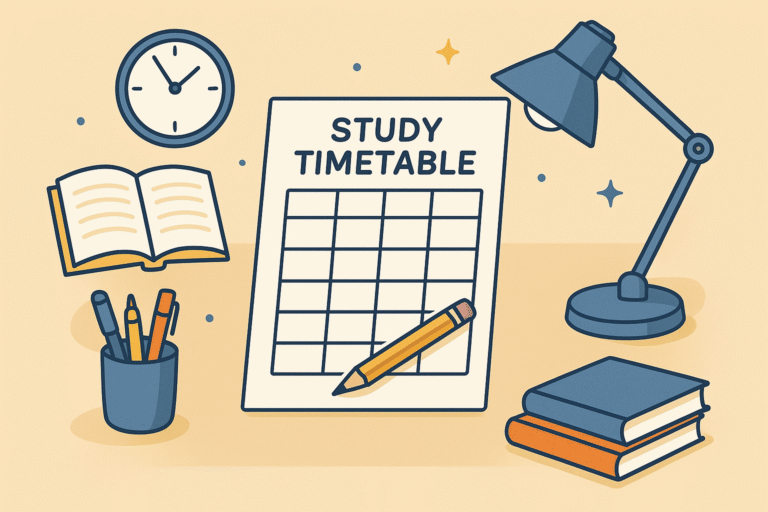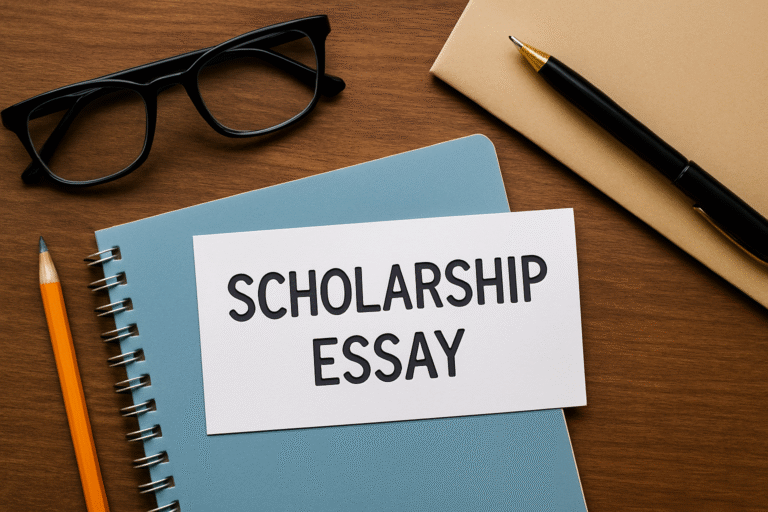How to Write a Formal Letter or Email in 2025
If you’re wondering how to write a formal letter or email that gets results in 2025, you’re in the right place. Whether you’re applying for a job, reaching out to a professor, requesting sponsorship, or contacting a government agency, knowing how to craft a professional message is a key life skill.
In this guide, you’ll learn how to structure a formal letter or email correctly, avoid common mistakes, and sound respectful without being stiff.
Why Writing Formal Letters Still Matters
Even in the age of instant messaging and voice notes, formal communication remains essential. Schools, employers, embassies, and institutions still rely heavily on professional emails and letters to process applications, verify information, or respond to inquiries.
Disclaimer: Requirements may vary by institution, region, or purpose. Always check for specific instructions provided by the recipient.
Types of Formal Letters and Emails You Might Need to Write
- Job application letters
- Complaint or request letters
- Recommendation or reference requests
- Scholarship or funding applications
- School leave or permission letters
- Business partnership proposals
- Visa or embassy-related emails
Each one requires a slightly different tone and focus, but all share the same basic structure.
Structure of a Formal Letter (Hard Copy or PDF)
Sender’s Address
[Your Full Name]
[Street Address]
[City, State, ZIP Code]
[Email Address]
[Date]
Recipient’s Address
[Recipient’s Name]
[Their Title or Role]
[Organization Name]
[Address Line]
Salutation
Dear [Title + Last Name],
Body Paragraph 1: Introduce yourself and the reason for writing
Body Paragraph 2: Provide background details and your request
Body Paragraph 3: Call to action and closing appreciation
Closing
Sincerely,
[Your Full Name]
Structure of a Formal Email
When sending a formal email, the structure changes slightly:
Subject Line: Clear and direct (e.g. “Application for Internship Position – John Doe”)
Greeting: Dear Dr. Smith / To Whom It May Concern
Opening Line: State who you are and why you’re writing
Main Content: Break into short paragraphs with purpose and politeness
Closing Line: Express gratitude or next steps
Sign-Off: Regards / Sincerely / Best regards
Signature Block: Full name, phone number, title, LinkedIn (if relevant)
Common Phrases for Formal Writing
Useful Starters
- I hope this message finds you well
- I am writing to formally request
- I would like to bring to your attention
Polite Requests
- I kindly ask that you
- Would it be possible to
- I would greatly appreciate if
Closings
- I look forward to your positive response
- Please let me know if you need any additional information
- Thank you for your time and consideration
Example 1: Formal Email Requesting a Recommendation Letter
Subject: Request for Recommendation – Scholarship Application
Dear Professor Adedeji,
I hope this message finds you well. I am writing to respectfully request a letter of recommendation for the Chevening Scholarship. Having studied under your guidance during my undergraduate years in Political Science, I believe you are well-positioned to speak on my academic capabilities.
The scholarship deadline is June 15, and I would be grateful if the letter could be submitted before then. I’ve attached my CV and a brief overview of the program for your reference.
Thank you in advance for considering my request.
Sincerely,
Kelechi Okafor
+234 703 000 0000
Example 2: Formal Letter to Embassy for Visa Application
Subject: Letter of Introduction for Study Visa Application
Dear Visa Officer,
I am writing to introduce myself as a prospective student who has been admitted to the Master’s in Data Science program at the University of Toronto, commencing in September 2025.
Please find enclosed the required documents, including my admission letter, proof of funds, and medical records. I kindly ask for your support in processing my study visa.
Thank you for your time and assistance.
Sincerely,
Fatima Ibrahim
Abuja, Nigeria
Do’s and Don’ts of Formal Communication
Do:
- Use correct grammar and punctuation
- Keep paragraphs short and readable
- Save and send as PDF for formal letters
- Use a professional subject line in emails
Don’t:
- Use emojis or slang
- Start with “Hey” or “Hiya” in formal messages
- Write in ALL CAPS
- Forget to proofread before sending
Final Tips for 2025 Applicants, Students, and Professionals
- Save multiple versions of your templates so you can tailor them quickly
- Always spell-check names and dates
- Practice your tone by reading your message aloud
- Confirm the recipient’s correct title before sending
Conclusion
Learning how to write a formal letter or email is an essential skill in 2025, especially for students, professionals, and anyone applying for opportunities abroad. With the right structure, tone, and clarity, your messages will stand out for the right reasons.






